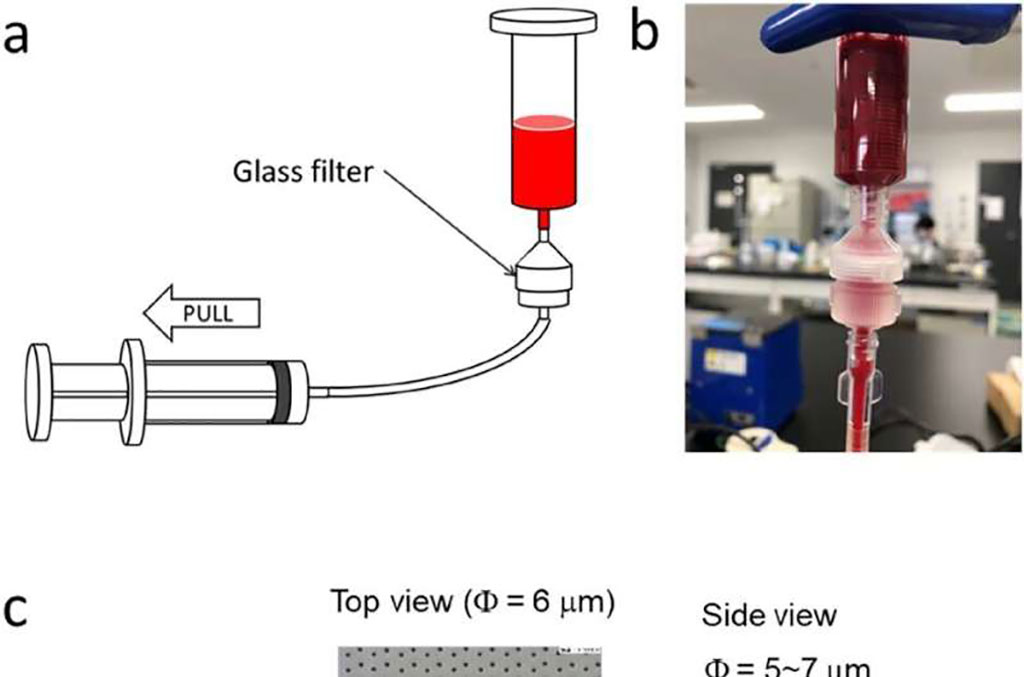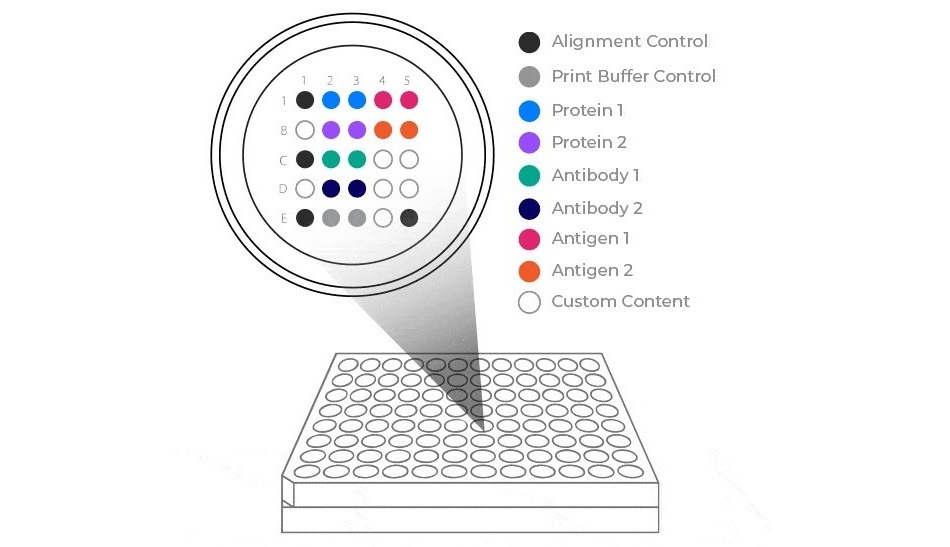Glass Filters to Separate Tumor Cells in Blood Tests Can Speed Up Cancer Diagnosis
Posted on 04 May 2023
Early diagnosis is crucial for effective cancer treatment, as even brief delays can impact patient health and longevity. One promising approach involves detecting circulating tumor cells (CTCs) and cancer-associated fibroblasts (CAFs) released by tumors into blood samples. Analyzing these cells can provide direct information about cancer and predict disease progression in its early stages. However, the number of CTCs in cancer patients' blood is extremely low, necessitating improvements in capture and culture efficiency. Although glass is commonly used for cell culturing in laboratories, its application in CTC culturing has been underexplored. Researchers have now identified the optimal dimensions of glass filters for capturing CTCs and CAFs, demonstrating their ability to detect cells from lung cancer patients.
Researchers from Nagoya University (Nagoya, Japan) employed a unique method to visualize and capture cells on glass filters, which could lead to more efficient tumor cell culturing and improved cancer detection. They developed glass filters with various shapes and dimensions to determine which best captured CTCs and CAFs from lung cancer patients. Additionally, they created a system called FROG-CHIP to visualize the CTCs and CAFs captured on the glass filters. The researchers discovered that the most effective patterns for capturing CTCs, while allowing white blood cells to pass through, consisted of a circular pattern with a pitch of 20 micrometers and a diameter of eight micrometers. These dimensions provided high capture efficiency without retaining a significant number of white blood cells.

"These results suggest that our glass filters are useful as a tool for the early diagnosis of tumors," said Professor Tanaka of the Center for Low-Temperature Plasma Sciences. "Our findings would be useful at hospitals, clinics, and diagnostic testing companies to speed up cancer diagnosis."
Related Links:
Nagoya University




 assay.jpg)








